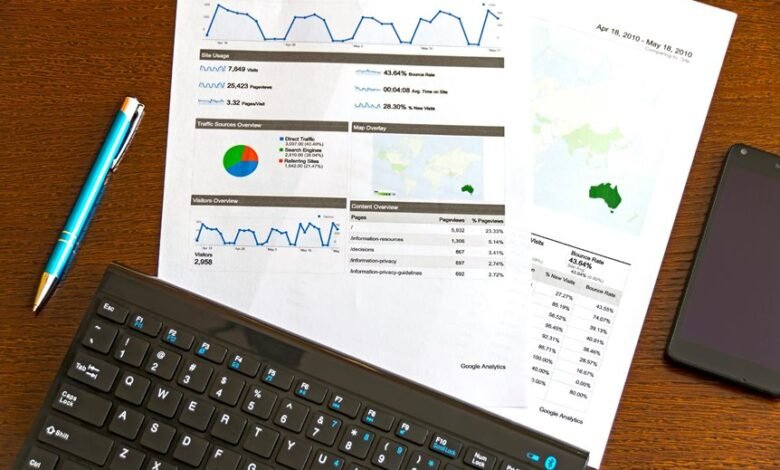8014388461 Analyzing Mobile Data Trends by Region

The analysis of mobile data trends reveals notable regional disparities in consumption. Urban areas, with their younger populations, showcase significantly higher usage compared to rural counterparts. This divergence stems from varying infrastructure quality and demographic factors. As businesses adapt their strategies, understanding these distinctions becomes crucial. What specific implications do these trends hold for marketing strategies in diverse regions? The answer may reshape approaches to consumer engagement and technology deployment.
Regional Variations in Mobile Data Consumption
As mobile technology continues to evolve, regional variations in mobile data consumption have become increasingly pronounced.
Urban areas typically exhibit higher data usage, driven by younger age demographics who prioritize connectivity.
In contrast, rural regions often show lower consumption levels, influenced by limited access and older populations.
This disparity highlights the critical intersection of geography and age in shaping mobile data trends.
Factors Influencing Mobile Data Trends
While various factors shape mobile data trends, technology adoption, economic conditions, and regulatory environments play pivotal roles.
Consumer behavior increasingly reflects the influence of technological advancements, as users demand faster, more reliable services. Economic stability further propels investment in mobile infrastructure, while regulations can either facilitate or hinder growth.
Collectively, these elements create a dynamic landscape for mobile data consumption across regions.
Implications for Businesses and Marketers
Understanding the factors that influence mobile data trends allows businesses and marketers to strategically align their efforts with consumer demands and technological advancements.
By identifying their target audience, companies can tailor marketing strategies that resonate effectively within specific demographics.
This alignment not only fosters customer engagement but also enhances brand loyalty, ultimately driving conversion rates and sustaining competitive advantages in a rapidly evolving marketplace.
Future Predictions for Mobile Data Growth
Anticipating the trajectory of mobile data growth reveals a landscape shaped by technological advancements, increased consumer connectivity, and evolving usage patterns.
5G advancements are expected to significantly enhance data speeds and capacity, influencing consumer behavior toward data-intensive applications.
As users become more reliant on mobile technology, growth in data consumption will likely accelerate, prompting businesses to adapt strategies to meet heightened demands and expectations.
Conclusion
In conclusion, the stark contrast in mobile data consumption between urban and rural areas underscores the need for tailored business strategies. For instance, urban users consume an average of 10 GB per month, compared to just 3 GB in rural regions. This statistic highlights the significant influence of demographics and infrastructure on data usage patterns. As businesses adapt to these regional variations, understanding the nuances of consumer behavior will be crucial for effectively addressing diverse market needs and maximizing growth opportunities.





